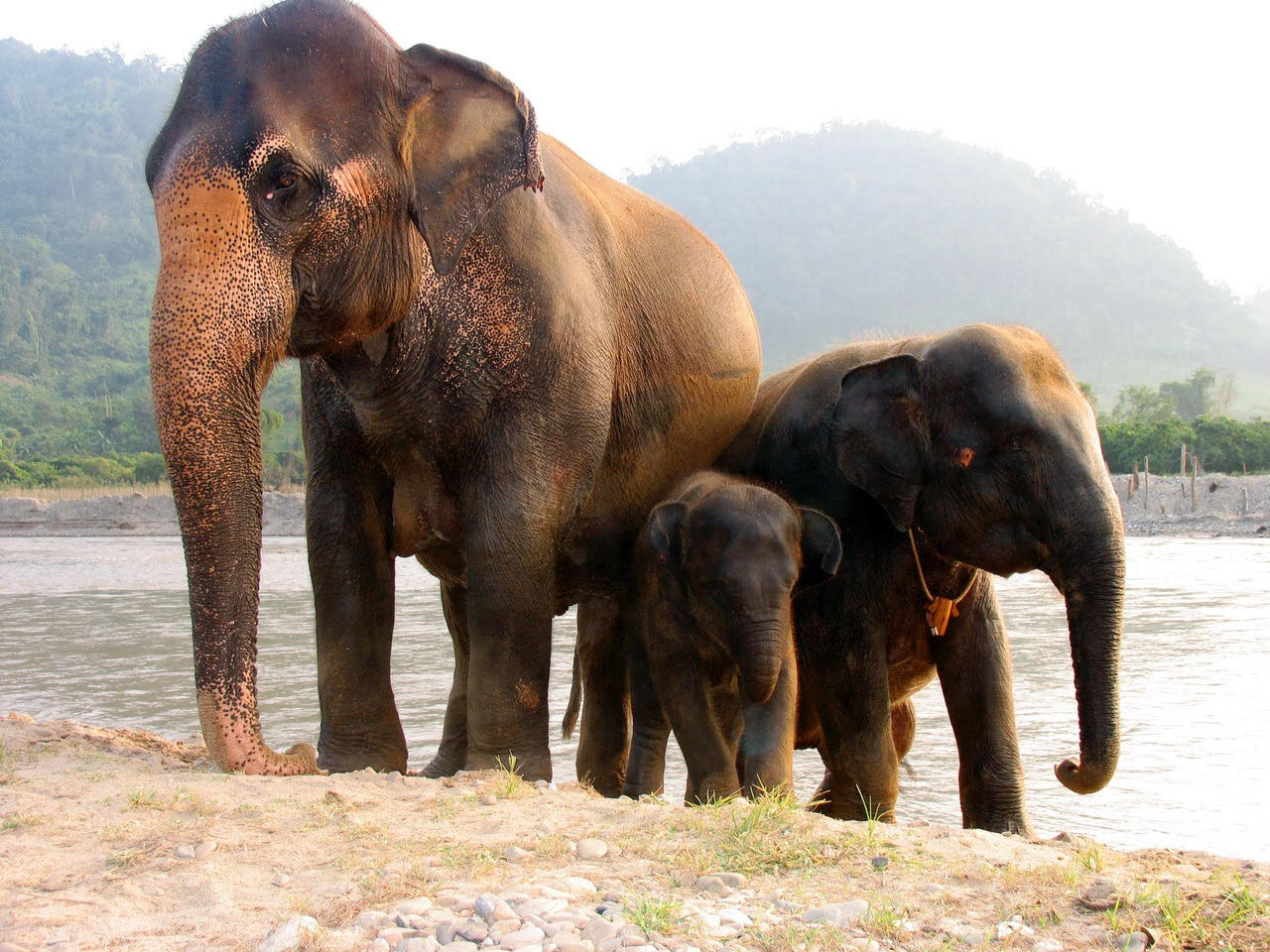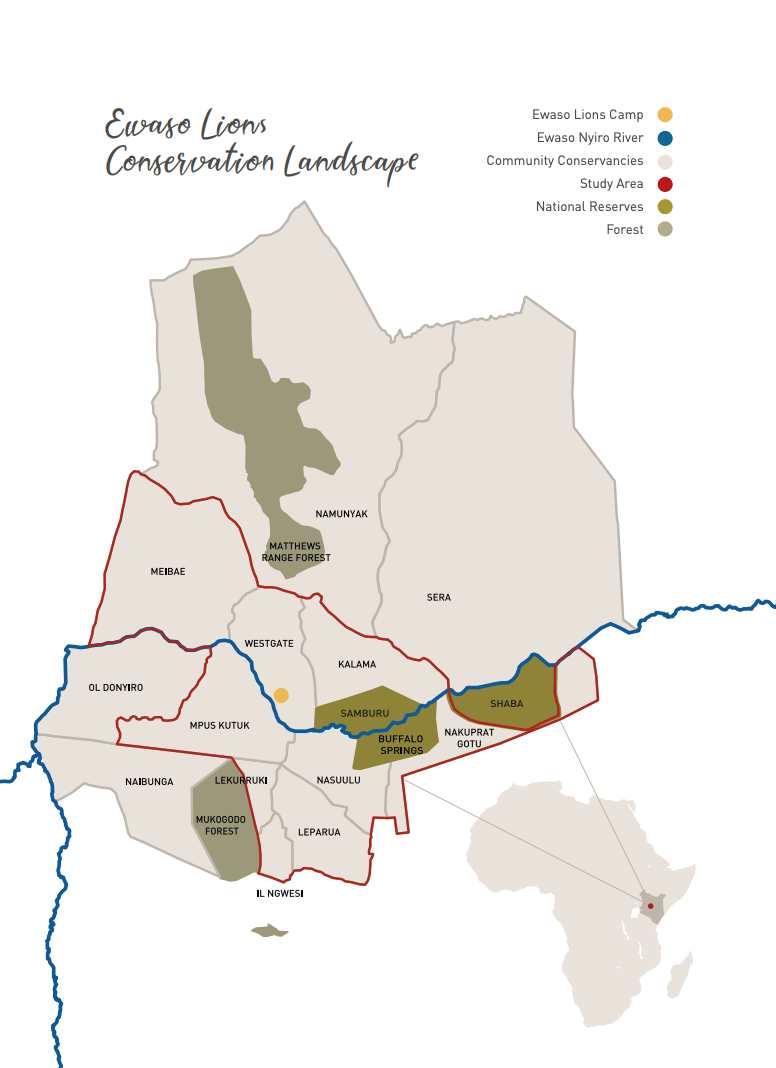THAILAND with Lek and Save Elephant Foundation
January 28-February 10th 2020
On this once in a lifetime trip through the beautiful country of Thailand, we will tour Bangkok, Chiang Mai, Lamphun, Lampang, Hanoi and Ha Long Bay. While in Chiang Mai, we will spend two days with Lek Chailert of Save Elephant Foundation at Elephant Nature Park. We will get to meet some of the elephants and learn about Lek’s work to save elephants from abuse. This is a small group tour and space is limited. Get in touch to inquire about pricing and availability.
Itinerary:
Tuesday Jan. 28 - The Great City of Angels, Welcome to Bangkok
Wednesday Jan. 29th - Bangkok multi-transport adventure
Thursday Jan. 30th - Morning liquid Bangkok headlights adventure
Friday Jan. 31st - Flight from Bangkok to Chiang Mai
Saturday Feb. 1st - A day with Lek at Elephant Nature Park
Sunday Feb. 2nd - A day with Lek at Elephant Nature Park
Monday Feb. 3rd - Chiang Mai countryside walking, and Thai kitchen live dinner at Rim Tai Kitchen, the Four Seasons Chiang Mai
Tuesday Feb. 4th - Lamphun and Lampang temples and villages
Wednesday Feb. 5th - Lampang’s mountain top temple
Thursday Feb. 6th - Flight from Chiang Mai to Hanoi, and a walk around Hoan Kiem Lake
Friday Feb. 7th - Hanoi inside and out
Saturday Feb. 8th - Hanoi backstreets adventure by vintage minsk and water puppets
Sunday Feb. 9th - Transfer to Ha Long Bay for an overnight on Bhaya 7 cabin boat
Monday Feb. 10th - Back to Hanoi and onward




























